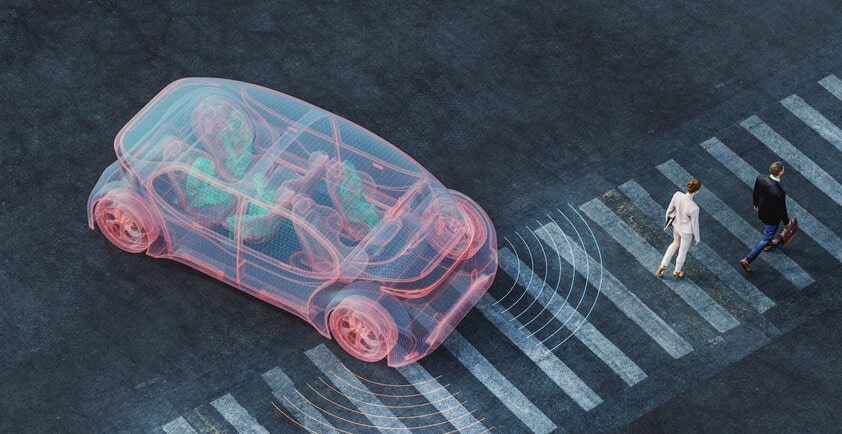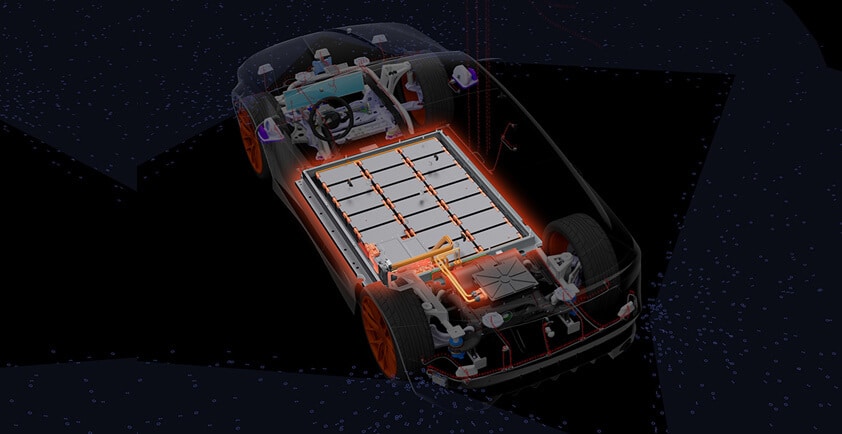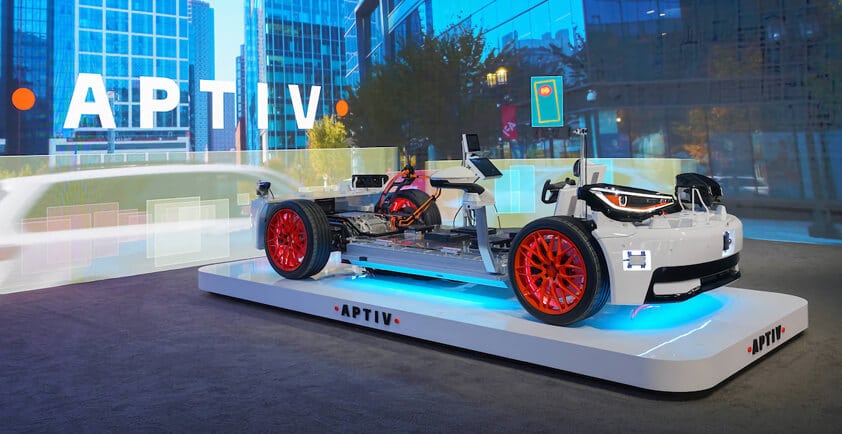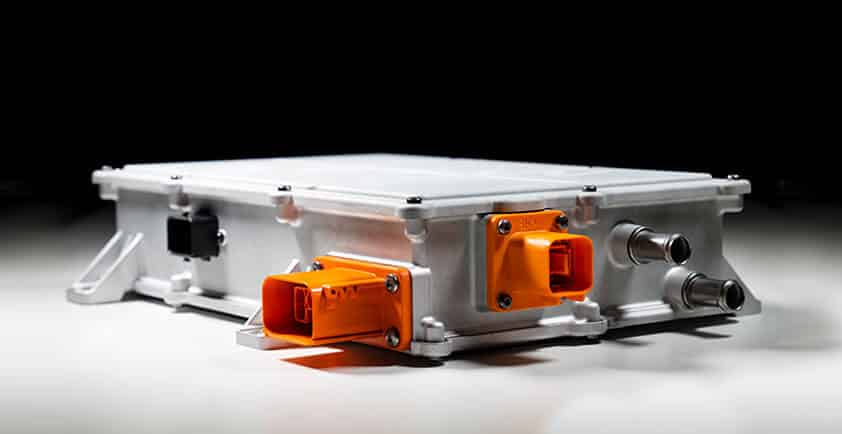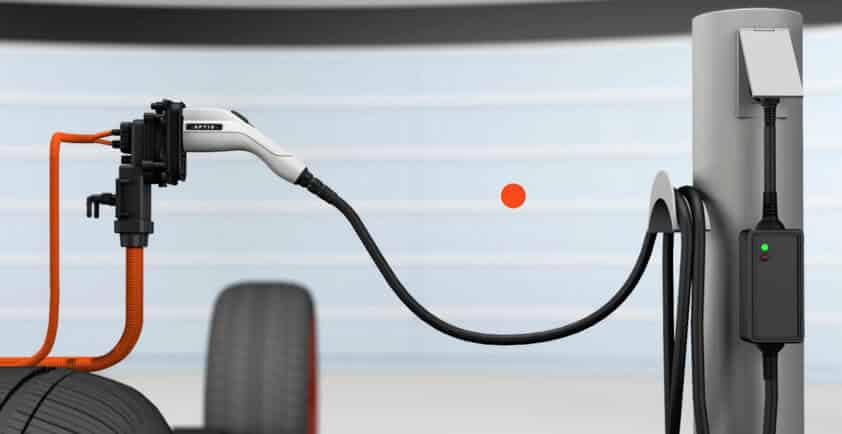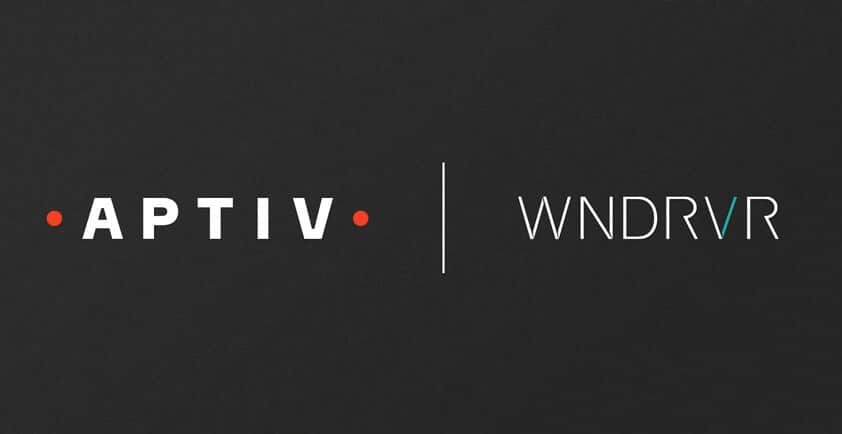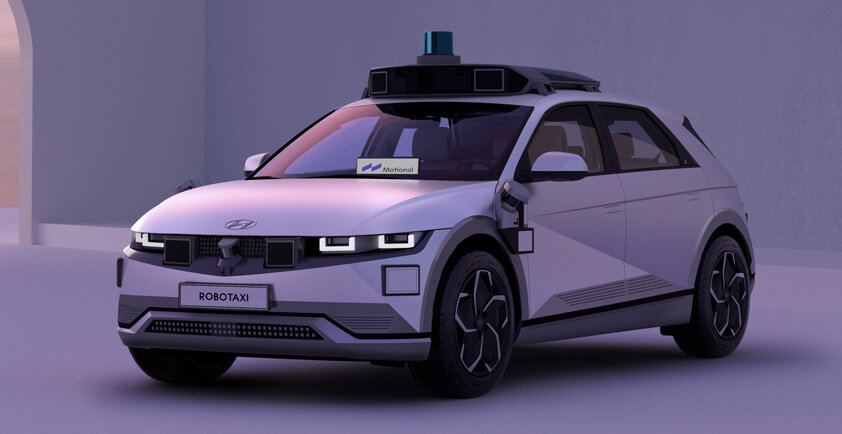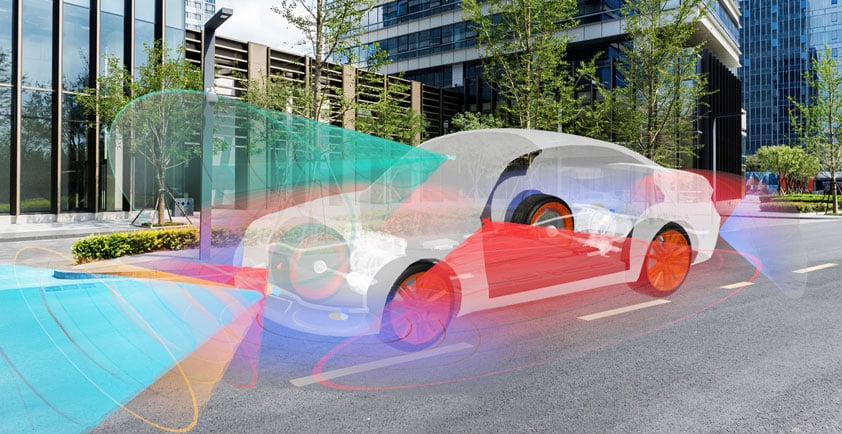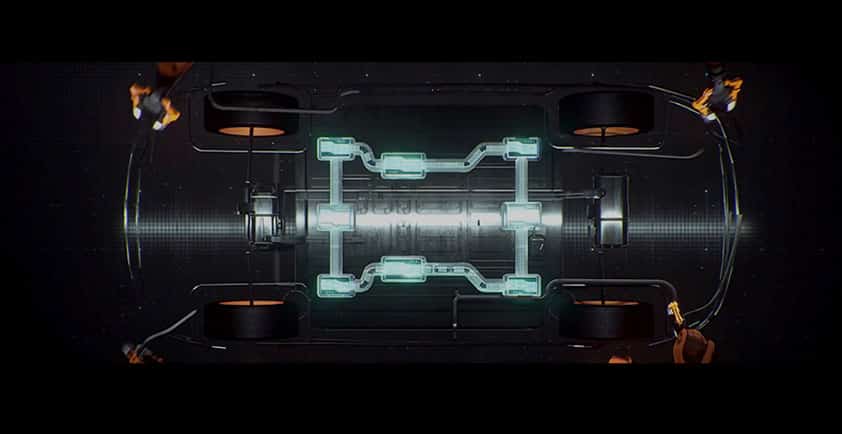
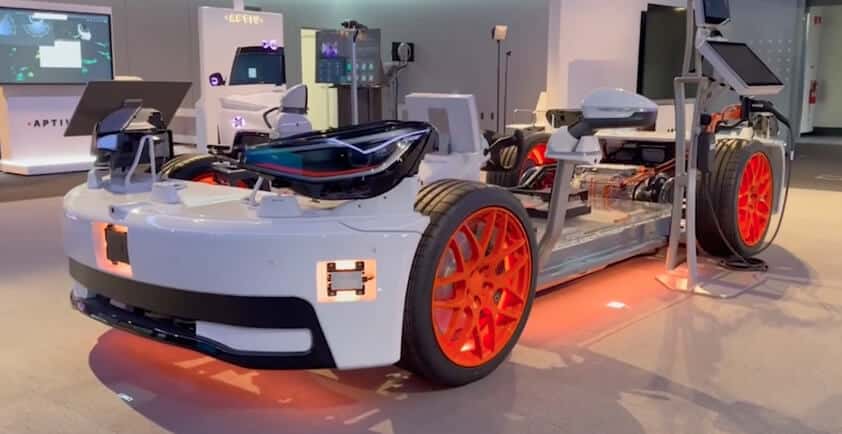
ACCELERATE YOUR AUTOMOTIVE SOFTWARE DELIVERY: AN END-TO-END DEMO OF WIND RIVER STUDIO AT CES 2024
Recently at CES 2024, we showcased a demonstration that walked through an example workflow in Wind River Studio.
Wind River Studio is a cloud-native end-to-end DevOps platform for safety-critical intelligent edge systems. It provides capabilities across the entire software development life cycle - from gathering requirements and authoring code to testing, deployment, and data analysis. The goal is to integrate state-of-the-art tools and systems into an integrated workflow. Teams can manage the entire development cycle through a central hub with full traceability and visibility.
The demonstration starts with:
> a change in the software requirement,
> making an update to the code,
> automatically triggering scan, build, test pipeline,
> tracing test results back to the requirement,
> and deploying to a real vehicle platform using a deployment pipeline
We also showcased the platform's unique capabilities for:
> managing automated pipelines,
> test automation,
> virtual lab management,
> requirements traceability,
> over-the-air update to the vehicle,
> and digital feedback loop from the vehicle.
The end-to-end workflow demonstrates how Wind River Studio can enable continuous delivery and rapid iteration for automotive software teams.
Gathering Software Requirements
Engineers can collaborate to create user stories and define functional and non-functional requirements using a 3rd party state-of-the-art requirements management tool integrated into Studio. Traceability is built into the tool, so every test on the requirement can be traced back to it. Automotive OEMs and suppliers can quickly understand how every test for code changes traces back to a requirement originated from the voice of the customer and use this for certification.
In this demo example, the requirement from the customer is that the hazard lights blink at a different rate than originally designed for.
Integrated Development Environment
Studio has a concept of workspaces for collaborative development and deployment across remote teams. Automated pipelines can be defined and managed using Studio Pipelines in every workspace. In the demonstration we have 3 pipelines – a CI pipeline for continuous integration and test, a CD pipeline to deliver tested software to the device (in this case a vehicle platform, called the "skateboard" in the demo) and a reset pipeline to reset everything back to the original state for continuous automated testing and metrics gathering, or for the next demo participant in this case. There are no limits to the number of pipelines one can have.
Studio integrates Visual Studio Code extension (VSCode plugin) which allows the developer to change the code according to the requirements of the demo, i.e., changing the frequency of the hazard lights on the vehicle platform, and commit the change to the repository.
Code Scanning
Once the code change for the hazard lights blinking rate is committed in the version control system, the continuous integration (CI) pipeline defined for the project is triggered automatically. This pipeline runs the code through scanning tools to check for risks, vulnerabilities, and quality. Wind River Studio integrates with many third-party scanning tools like Black Duck and Coverity through its Gallery (online app store) and extensibility framework.
This automated scanning process improves code quality and identifies any potential problems early on. After the code scanning phase is completed successfully, the pipeline moves on to the build and testing stages.
Automated Testing
Wind River Studio's test automation framework allows for both hardware-in-the-loop and software-in-the-loop testing to validate code changes and meet requirements. The framework can automatically reserve and connect remote hardware test benches to enable hardware-in-the-loop testing in the cloud.
For our example requirement of changing the hazard light interval, Studio is able to reserve a hardware test bench in Germany and run hardware-in-the-loop tests in parallel with Google Test software-in-the-loop tests. This allows for rapid and robust validation of the new blink rate requirement on both levels. By automatically managing test bench and device connectivity and reservations, the platform removes manual steps and facilitates continuous automated testing.
Test Lab Management
Wind River Studio's virtual lab makes physical test hardware accessible from the cloud for the automated testing framework. Virtual Lab ensures hardware test benches are connected to the cloud and reserved for test automation to run. This provides easy access to real hardware for tests without requiring physical presence at the lab location.
With Wind River Studio handling test lab management, teams can efficiently share hardware assets across geographic locations. Tests can automatically reserve benches based on availability, keeping utilization high.
Automating testing also enables "Shift-left", making testing available early in the development cycle so issues are found earlier, thus enabling significant cost savings during development.
Traceability of Tests to Requirements
A key aspect of Studio is its extensibility framework that allows existing and custom tools to be integrated into the Studio automated pipelines. By integrating an industry leading requirements management tool, Studio enables automatic traceability of tests to requirements, a capability unique among DevOps platforms. As soon as a test completes running, the results are automatically traced back to the original requirements.
This automatic tracing provides transparency into whether requirements have been sufficiently tested. By automatically linking tests to requirements, Wind River Studio saves significant time and effort and therefore, cost, compared to traditional manual traceability approaches. The development team can focus their energy on building and enhancing the product rather than managing traceability matrices.
Over-the-Air Updates
A key capability in Studio is over-the-air (OTA) software updates. Once the software build has passed all testing and validation stages, the continuous deployment pipeline can automatically initiate an OTA update to deploy the new software release to vehicles remotely.
The OTA updates can deliver both incremental updates as well as full software upgrades. The digital feedback loop in Wind River Studio allows data from vehicles to be analyzed to evaluate the success of an OTA campaign. If issues are detected, the next OTA update can address them.
Digital Feedback Loop
The automotive Continuous Integration and Continuous Deployment (CI/CD) capabilities in Wind River Studio enable getting real vehicle data back to the development process. Once the over-the-air software update is deployed to the vehicle from the continuous deployment pipeline, the process includes executing vehicle-in-the-loop tests. This provides digital feedback directly from the vehicle, closing the loop from development to real on-road testing.
Digital feedback loop enhances efficiency, safety, and speed in the development process. Developers gain visibility earlier into how new software versions perform in the field under real operating conditions. This accelerates learning and allows faster iterations to enhance quality. Closing the feedback loop directly from vehicle data is a unique capability provided by the Wind River Studio platform.
End-to-End Workflow
The demonstration showed the full life cycle of a customer requirement - from modifying the blink rate of hazard lights via changing the source code to requirements, to scanning, testing, and deploying the change; then validating the outcome in the vehicle. Wind River Studio facilitates an automated end-to-end workflow for DevOps in the automotive industry.
Wind River Studio represents the future of agile, DevOps for the auto industry. Its end-to-end automation and cloud-native architecture provide the tools teams need to keep pace with software complexity and deliver continuous innovation, faster than ever before.
Author - Ram Subramanian - Senior Product Line Manager at Wind River
